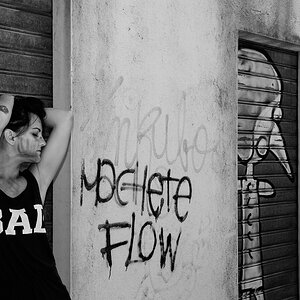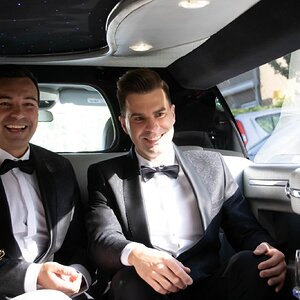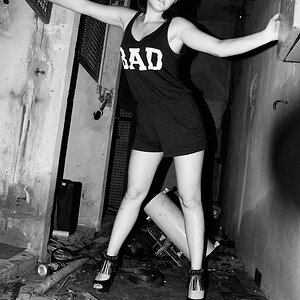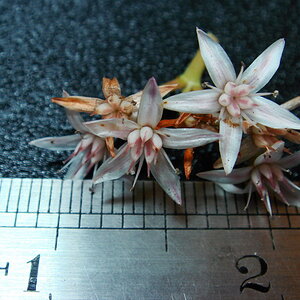- Joined
- May 1, 2008
- Messages
- 25,422
- Reaction score
- 5,003
- Location
- UK - England
- Website
- www.deviantart.com
- Can others edit my Photos
- Photos OK to edit
So after having a look in the 2016 year in photos thread I started to wonder if my editing style (which I've mostly fallen into rather than crafted specifically) might be going a bit too far with adjustments; if I'm going too glossy or colourful compared to reality; or at least compared to roughly realistic-ish-photography (I'm aware that's a very debatable point on its own).
I've not done a huge amount of photography this year nor much in the way of aiming to do a marked improvement or focus in editing; if anything my method is very quick currently and very much a case of following kind of formula with regard to appearance.
So it strikes me that I should have some other eyes have a look at the body of work and give me an impression from outside of my own.
Alex
I'm aware any view of a collection instead of a few is a taller order to ask for; but I'd welcome any feedback and views people might have. I hope to do more photography this year so having a few thoughts to get started on the new year would be great.
I've not done a huge amount of photography this year nor much in the way of aiming to do a marked improvement or focus in editing; if anything my method is very quick currently and very much a case of following kind of formula with regard to appearance.
So it strikes me that I should have some other eyes have a look at the body of work and give me an impression from outside of my own.
Alex
I'm aware any view of a collection instead of a few is a taller order to ask for; but I'd welcome any feedback and views people might have. I hope to do more photography this year so having a few thoughts to get started on the new year would be great.



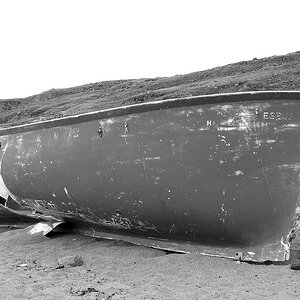
![[No title]](/data/xfmg/thumbnail/32/32808-9d1f657a1903d3bdbd67ea830397d62c.jpg?1619735668)
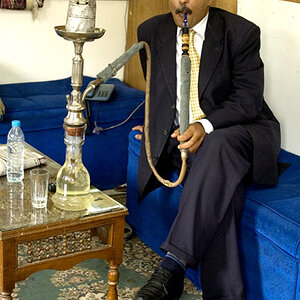
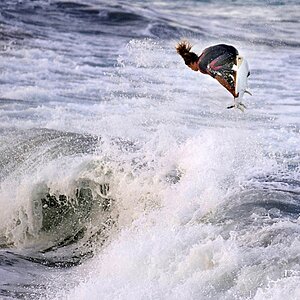
![[No title]](/data/xfmg/thumbnail/37/37090-2836dacbe52360ec3fdc1246a4e1d045.jpg?1619737880)
![[No title]](/data/xfmg/thumbnail/32/32809-afb9514cb8c02e2e41c241946e185251.jpg?1619735668)
